Top Ten Reasons Why We Use the Liturgy
By The Rev. William Cwirla
(posted at Higher Things)
Now, why do we worship according to the western, catholic liturgy?
- It shows our historic roots. Some parts of the liturgy go back to the apostolic period. Even the apostolic church did not start with a blank liturgical slate but adapted and reformed the liturgies of the synagogue and the Sabbath. The western mass shows our western catholic roots, of which we as Lutherans are not ashamed. (I’d rather be confused with a Roman Catholic than anything else.) We’re not the first Christians to walk the face of the planet, nor, should Jesus tarry, will we be the last. The race of faith is a relay race, one generation handing on (“traditioning”) to the next the faith once delivered to the saints. The historic liturgy underscores and highlights this fact. It is also “traditionable,” that is, it can be handed on.
- It serves as a distinguishing mark. The liturgy distinguishes us from those who do not believe, teach, and confess the same as we do. What we believe determines how we worship, and how we worship confesses what we believe.
- It is both Theocentric and Christocentric. From the invocation of the Triune Name in remembrance of Baptism to the three-fold benediction at the end, the liturgy is focused on the activity of the Triune God centered in the Person and Work of Jesus Christ. Worship is not primarily about “me” or “we” but about God in Christ reconciling the world to HImself and my baptismal inclusion in His saving work.
- It teaches. The liturgy teaches the whole counsel of God – creation, redemption, sanctification, Christ’s incarnation, passion, resurrection, and reign, the Spirit’s outpouring and the new life of faith. Every liturgical year cycles through these themes so that the hearer receives the “whole counsel of God” on a regular basis.
- It is transcultural. One of the greatest experiences of my worship life was to be in the Divine Service in Siberia with the Siberian Lutheran Church. Though I spoke only a smattering of Russian, I knew enough to recognize the liturgy, know what was being said (except for the sermon, which was translated for us), and be able to participate knowledgeably across language and cultural barriers. I have the same experience with our Chinese mission congregation.
- It is repetitive in a good way. Repetition is, after all, the mother of learning. Fixed texts and annual cycles of readings lend to deep learning. Obviously, mindless repetition does not accomplish anything; nor does endless variety.
- It is corporate. Worship is a corporate activity. “Let us go to the house of the Lord.” The liturgy draws us out of ourselves into Christ by faith and the neighbor by love. We are all in this together. Worship is not simply about what “I get out of it,” but I am there also for my fellow worshippers to receive the gifts of Christ that bind us together and to encourage each other to love and good works (Heb 10:25). We are drawn into the dialogue of confession and absolution, hearing and confessing, corporate song and prayer. To borrow a phrase from a favored teacher of mine, in church we are “worded, bodied, and bloodied” all together as one.
- It rescues us from the tyranny of the “here and now.” When the Roman world was going to hell in a hand basket, the church was debating the two natures of Christ. In the liturgy, the Word sets the agenda, defining our needs and shaping our questions. The temptation is for us to turn stones into bread to satisfy an immediate hunger and scratch a nagging spiritual itch, but the liturgy teaches us to live by every word that proceeds from the mouth of God.
- It is external and objective. The liturgical goal is not that everyone feel as certain way or have an identical “spiritual” experience. Feelings vary even as they come and go. The liturgy supplies a concrete, external, objective anchor in the death and resurrection of Jesus through Word, bread, and wine. Faith comes by hearing the objective, external Word of Christ.
- It is the Word of God. This is often overlooked by critics of liturgical worship. Most of the sentences and songs of the liturgy are direct quotations or allusions from Scripture or summaries, such as the Creed. In other words, the liturgy is itself the Word of God, not simply a packaging for the Word. Many times the liturgy will rescue a bad sermon and deliver what the preacher has failed to deliver. I know; I’ve been there.

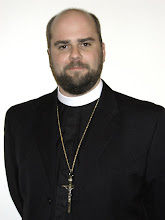

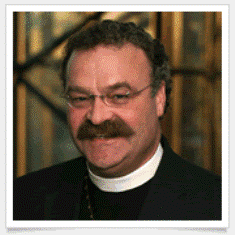


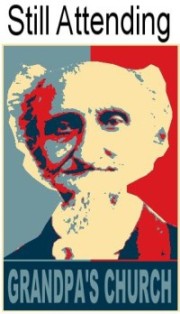
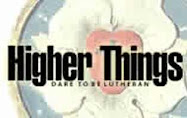







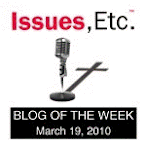
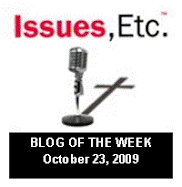
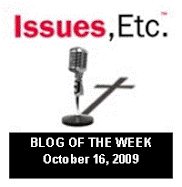
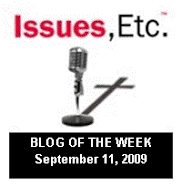
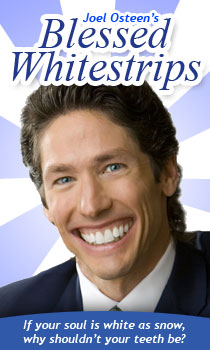
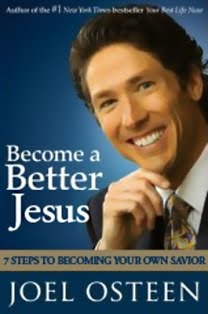
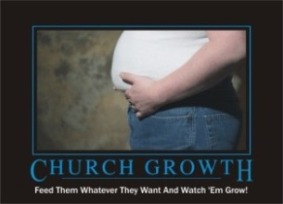

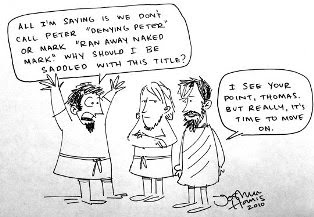
No comments:
Post a Comment